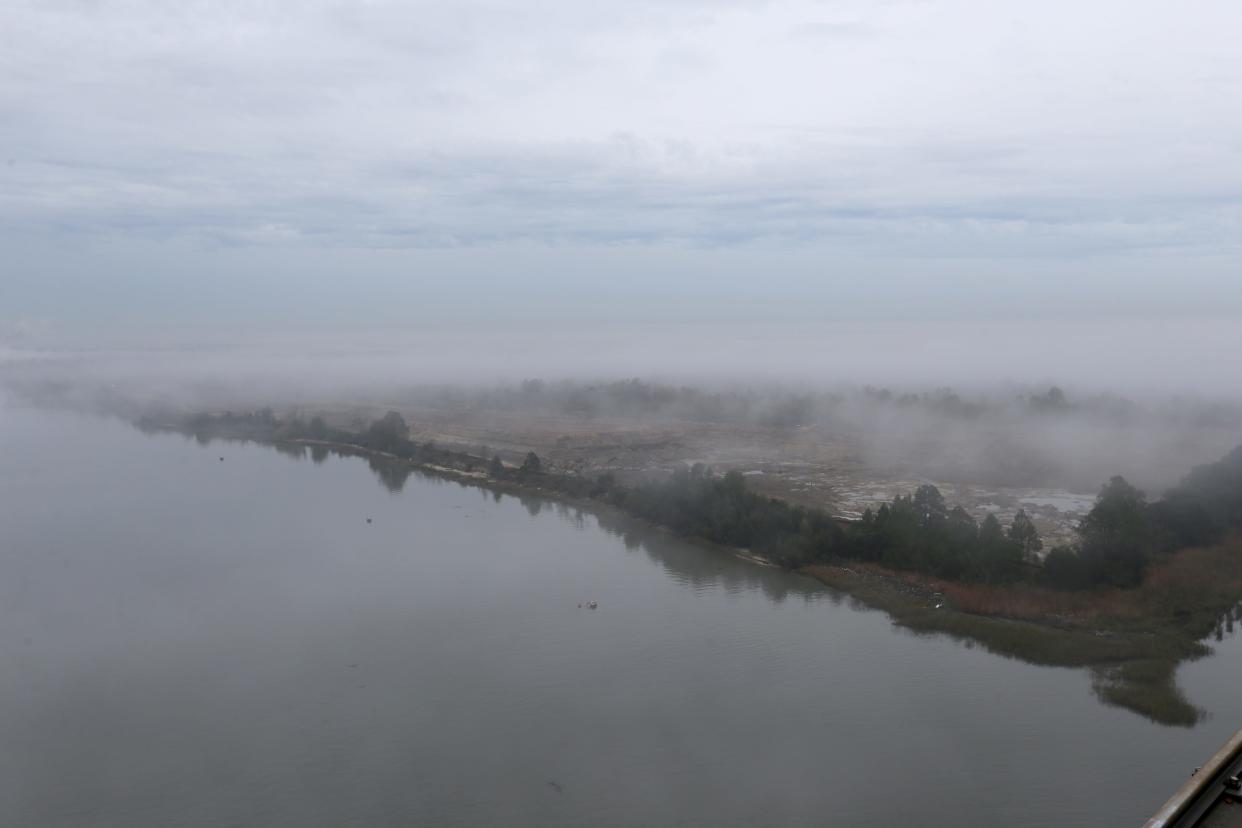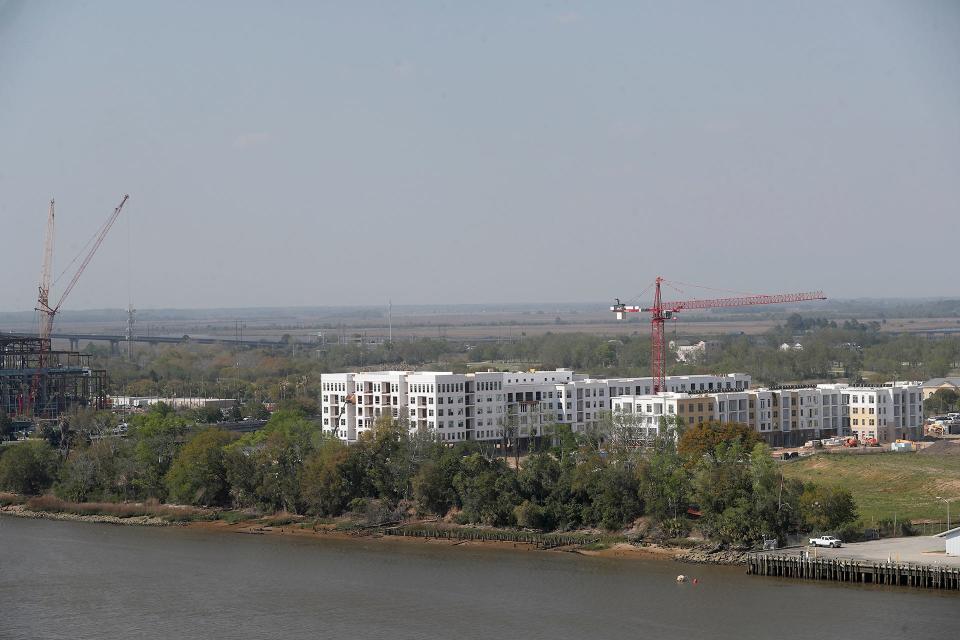More public comment on Port terminal 'isn't warranted,' Corps of Engineers says

The U.S. Army Corps of Engineers expects to deny pleas from environmental groups to further extend public comment on a permit request tied to the Georgia Ports Authority’s planned 395-acre island terminal on the Savannah River, a spokeswoman for the agency said this week.
The organizations had asked that the cutoff date – now set for Christmas Day – be pushed back a second time.
“Since we’ve already extended the comment period an additional 30 days, we believe 60 days should be adequate, and extending it further isn’t warranted,” said Corps of Engineers spokeswoman Cheri Pritchard.
The agency’s review of public input will commence after Christmas, she added.
Environmental groups have argued that more time is needed to digest plans for the mega-complex on 500-acre Hutchinson Island.
“The public cannot be expected to understand, consider and submit necessary research and data to address the 56-page (corps) application for such an enormous project in just 60 days, specifically addressing the need for a massive new terminal so the port has a 20% excess space,” said Jenifer Hilburn, north coast advocate for the 100 Miles organization.
According to the permit application, GPA expects the new terminal, which will house cargo containers, to add 2.7 million “20-foot equivalent units” in overall capacity.
Expansion projects already underway are expected to absorb projected growth at the booming ports for another decade. But GPA argues that without added capacity with the proposed terminal, increased activity from 2023 to 2035 will eat away at overflow space.
“Maintaining a 20% cushion provides operational flexibility” and allows the ports to “run efficiently through the peaks and valleys of the shipping season,” GPA says in its application.
The permit applies to regulations in the U.S. Clean Water Act regarding the discharge of dredged or fill material into public waters. The port’s plan calls for dredging more than 2.5 million cubic yards of material from nearly 30 acres of open water and 8.6 acres of tidal area. “Annual maintenance dredging” of an estimated 250,000 cubic yards would continue after completion of the project.
On Hutchinson Island, the application calls for filling in nearly 27 acres of freshwater wetlands and 5.6 acres of salt marsh.
The island now includes 127 acres of salt marsh, nearly 41 acres of “intertidal or subtidal water bottoms” and 36 acres of freshwater wetlands.

More: What the new Georgia Ports Authority partnership facility means for Port Wentworth
'Serious implications for ... important natural resources,
On Thursday, a coalition of environmental groups called on the Corps of Engineers to thoroughly assess how the terminal would impact the island.
“The project site contains various aquatic habitats, including estuarine waters, freshwater marsh, freshwater forested wetlands and mixed hardwood uplands,” the organizations said in a 26-page document delivered to the Corps of Engineers’ Savannah office. “This major development project will have serious implications for these important natural resources, and the Corps must fully assess these impacts before approving the project.”
The Southern Environmental Law Center drafted the document on behalf of the Savannah Riverkeeper, Georgia Conservancy, Ogeechee Riverkeeper, One Hundred Miles, South Carolina Coastal Conservation League and South Carolina Wildlife Federation.
Among the specific recommendations:
Documentation by the Corps of Engineers of any potential environmental impacts of the project. The groups argue that the review is required by the federal National Environmental Policy Act.
Submission of a thorough “statement of purpose and need” that justifies GPA’s growth projections, and evidence that it has explored all viable alternatives to the new island terminal.
An analysis of the project’s potential impact beyond the site.
Without that information, “Chatham County residents would be unaware of the many ways in which the proposed project could directly impact their lives, through increased truck traffic, air and noise pollution, water quality impacts, and more,” the groups contend.
Consideration of development fueled by the port’s growth.
“The heightened investment in the Savannah port has already triggered a parallel surge in the development of warehouses and distribution centers near the port related to the project and ongoing expansion efforts,” the groups say.
Roughly 200 million square feet of warehouse space is either operating or under construction in coastal Georgia and just across the Savannah River in Jasper County, according to a report released in October from some of the same groups.
An accounting of the project’s potential impact on storm-water runoff and flooding.
More: Warehouse boom threatens coastal Georgia communities, environmental groups say
Consideration of communities nearest the project site.
About 96 percent of residents within one mile of the proposed terminal are people of color, and 60% are considered low-income, according to the Environmental Protection Agency. The same people face more exposure to particulate matter and other pollutants than 90% of the population, the EPA says.
John Deem covers climate change and the environment on the Georgia coast. He can be reached at jdeem@gannett.com.
This article originally appeared on Savannah Morning News: Corps of Engineers likely to deny more comment on Port permit application

